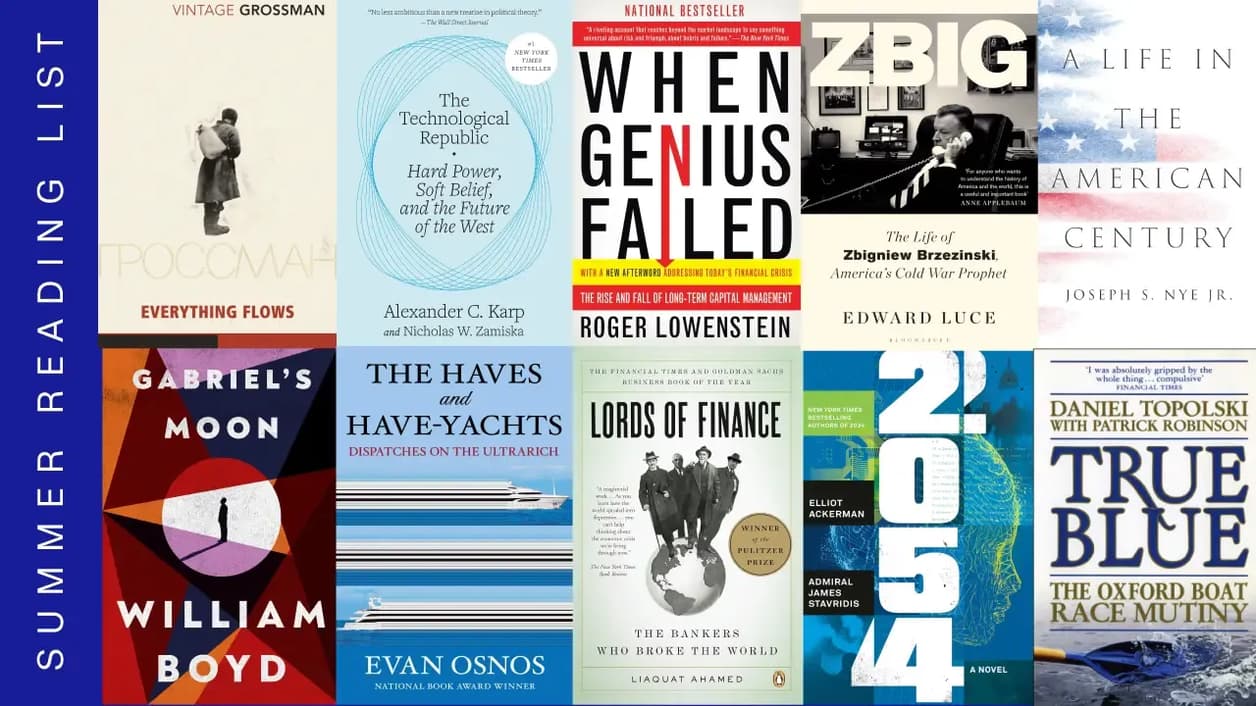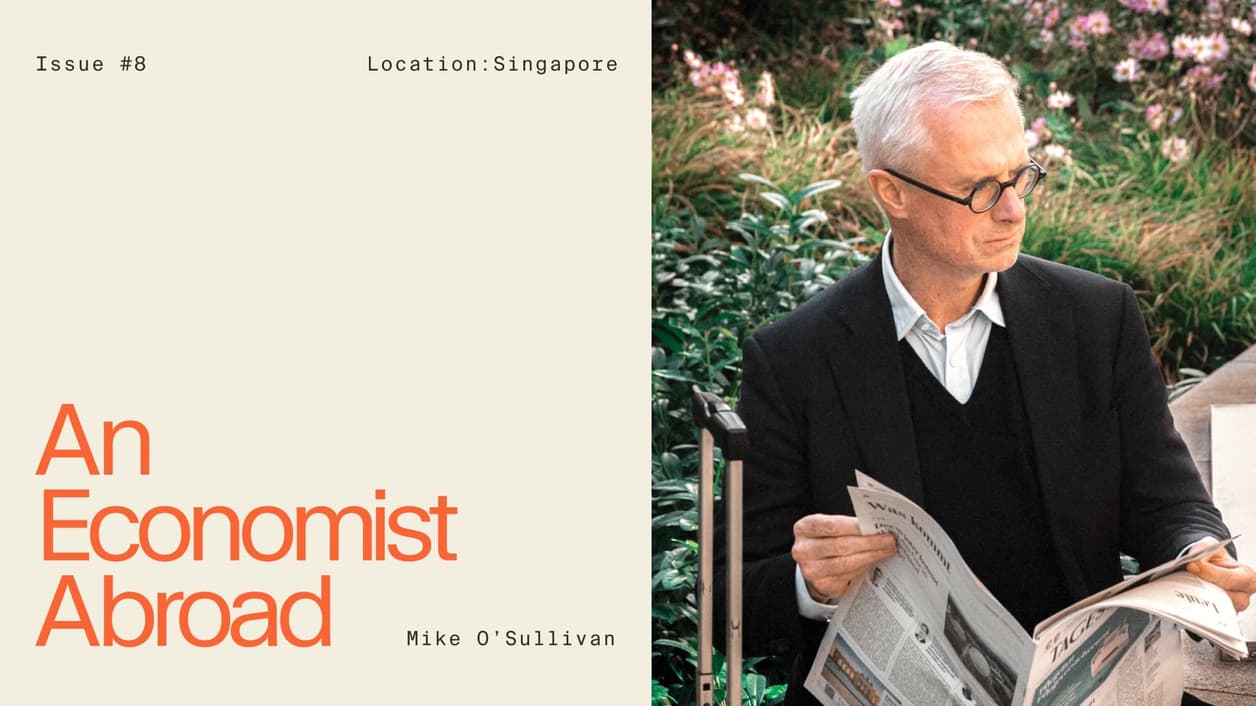
Staying ahead of the curve has always been critical in private equity. This ability could prove even more crucial in times of uncertainty and market disruption. Identifying potential market leaders, creating value in their underlying business models, and enabling access to capital even during times of uncertainty can allow portfolio firms to withstand economic downturns and re-accelerate on the back-end.
Identifying diamonds in the rough has always been a key skillset for the best private equity firms. Understanding how markets and ecosystems are shifting, predicting how customer behavior is evolving, anticipating trends in technology— all of these factors are essential to buying well and creating value during the holding period.
The implications for private equity are clear: No portfolio company or target is immune to disruption. Change may come sooner or it may come later, but it will come eventually, shifting profit pools, altering customer preferences, bending cost curves and reshaping how companies compete.
It is very difficult to look into the future and identify emerging technologies—or accurately predict the impact of a global health and economic crisis. But it is possible to apply a structured approach to due diligence that can help private equity firms identify disruptive patterns in any industry – and ensure that they have the tools, expertise, and access to capital that can set them up for success, regardless of the macro business environment.
Most sources of disruption can be identified before they reach the tipping point that accelerates wide-scale adoption. The question for PE funds is if, when and how these key trends could disrupt a specific industry.
Making these decisions with confidence requires that private equity firms ask themselves two important questions. First, where is potential disruption coming from, and what is its potential impact? And second, when will the disruption – innovation or otherwise – reach a tipping point?
The private equity crystal ball
Top-tier funds have managed to stay ahead of the curve because they view the future differently than other firms. Instead of starting with the status quo and imagining forward, the best managers picture an ideal end-state and then start thinking backwards, developing an innovative but realistic playbook of how to get from A to B.
With this future-first mindset, funds are more likely to identify and build ‘future proof’ business models. But what, specifically, should firms be analyzing when imagining the future? Bain identified six key topics: raw customer needs; changes to the cost curve; sustainability; the overall industry ecosystem; the competitive landscape; and digital trends.
Figure 1: Six key inquiries in diligence can identify where disruption is coming from and what its impact might be

Source: Bain & Company
Follow the money
One slightly old fashioned – but proven – way to anticipate disruption is to keep a close eye on what the competition is doing. Monitoring investments can be an early warning sign that VCs and forward-looking CEOs are betting against the industry status-quo.
Beyond scanning investment reports, staying in close contact with customers, industry experts, and analysts can also provide signs when a given industry is ripe for innovation. This ‘on the ground’ approach is perhaps more difficult to scale – but could be one reason why top-tier fund managers tend to specialize in specific sectors.
Nonetheless, there are also powerful databases that can identify important patterns in venture capital spending. Often, the persistence of VC investment highlights a technology or business model that the broader market simply can’t get its head around— at first anyway.
Figure 2: A tipping-point analysis blends insights from four key forecasting tools

Source: Bain & Company
Determining the tipping point
But what makes the difference in due diligence is combining the insights from a set of four important tools. Together, they paint the clearest picture of how much impact an innovation may have and when it is likely to gain traction.
As much as we would like to have a crystal ball in times as turbulent as these, investors aren’t so lucky. But there are structured, practical ways to gain real confidence about what’s ahead, enabling PE firms to model and rationally evaluate the risks and opportunities born of disruption.
The ability to identify undervalued assets, optimize their business practices, and provide steady access to capital will remain a key differentiator for top-tier private equity firms. These skills are likely even more important during times of economic disruption, as a steady hand and stable debt position can enable portfolio forms to re-accelerate more quickly on the back-end than their competitors.
Source: Bain PE 2020





